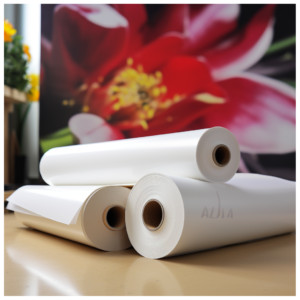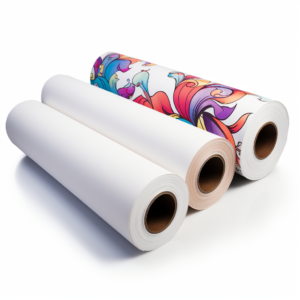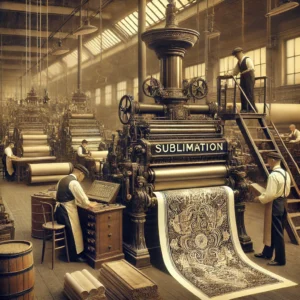Introduction
Welcome to another insightful blog post from PAPXOR. Today, we delve into the fascinating history of sublimation paper, an integral component in the world of digital printing. As a leading manufacturer of high-quality sublimation paper, we understand the value of knowing the origins and evolution of this remarkable technology. So, let’s take a journey back in time to discover how sublimation paper came into existence and how it has evolved to meet the ever-changing demands of the printing industry.
The Early Days: A Glimpse into the Origins
Sublimation printing as a concept can be traced back to the mid-20th century. Initially, it was a technique used predominantly in textile and apparel printing. Sublimation paper played a pivotal role even in these early stages, serving as the medium that carried the dye from the printer to the fabric. The paper was specially treated to hold inks that would later be transferred onto various substrates via heat and pressure.
Technological Advancements: The 90s Revolution
The 1990s marked a significant era for sublimation paper, propelled by advancements in digital printing technology. Printers became more sophisticated, requiring paper that could handle higher resolutions and faster printing speeds. This demand led to the development of sublimation papers with improved ink retention capabilities and faster drying times.
The New Millennium: Rise of Specialized Papers
As we entered the 21st century, the demand for customized and specialized printing solutions grew exponentially. This led to the introduction of various types of sublimation paper, each tailored for specific applications. For example, tacky or adhesive sublimation paper became popular for textile applications, ensuring the fabric and the paper adhered during the transfer process to produce sharper images.
Today: The Era of High Transfer Rates and Efficiency
In today’s competitive landscape, efficiency and quality are paramount. Modern sublimation papers are engineered to have high transfer rates, ensuring that the maximum amount of ink is transferred from the paper to the substrate. This not only improves the vibrancy of the final print but also makes the process more cost-effective, a factor of critical importance in a market sensitive to both price and quality.
Conclusion
The history of sublimation paper is a testament to human ingenuity and the relentless pursuit of quality and efficiency. From its humble beginnings to the technologically advanced product it is today, sublimation paper has continually evolved to meet the industry’s needs.
Call to Action
Are you interested in leveraging the power of modern sublimation paper for your digital printing needs? At PAPXOR, we offer an extensive range of sublimation papers that are optimized for high transfer rates and quality. Get in touch with us today to find out how our products can elevate your printing solutions.
Would you like any modifications or additions to this blog post?
send to me email gettuchina@vip.163.com





